Corset Piercing: Types, Pros, Cons, And Aftercare
Redefine body art with corset piercings and unleash your unique expression.
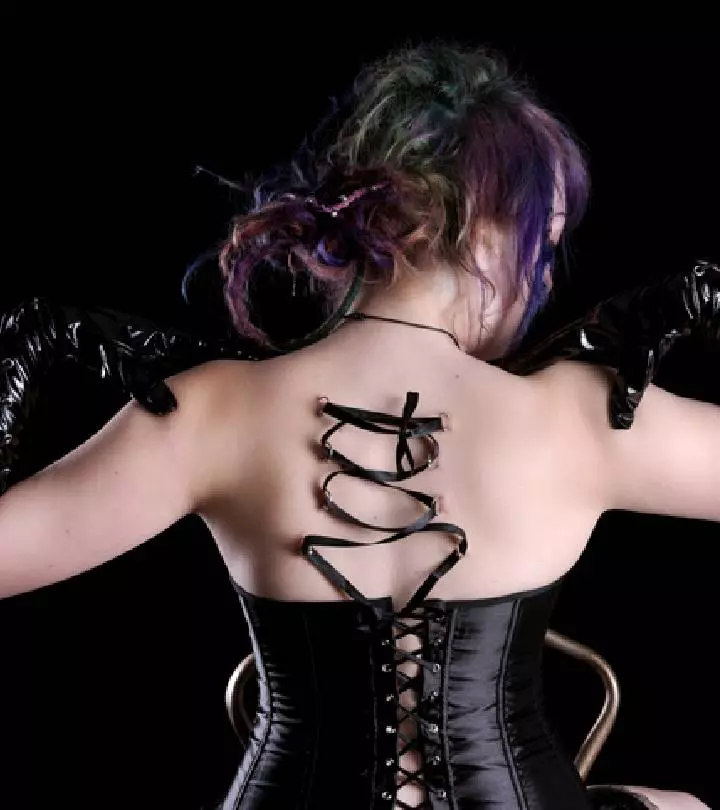
Image: iStock
Piercing is an ancient art form that transcends cultures. From traditional ear and nose piercing to avant-garde corset piercing, this age-old practice has been a powerful tool of expressing one’s individuality. The intricate, lacy patterns of the corset piercing are inspired by the aesthetics of a traditional corset and symbolize a fusion of artistic expression and the art of body modification. In this article, we look at the various ins and outs of this unique body modification, including ways to ensure safety and proper aftercare. So, without further ado, let us dive into it!

 Piercing Guide: Corset Piercing
Piercing Guide: Corset Piercing- Placement: Back, neck, arms, chest, sides of the torso, and legs
- Best Jewelry: Hoops or rings
- Cost: $50 to $200
- Pain Level: High
- Healing Time: 2 to 3 months
In This Article
What Is Corset Piercing?
Corset piercing is a visually stunning form of body modification or body piercing in which two or more parallel rows of piercings are placed, usually, along the spine or back of the body but also on other body parts. This allows the wearer to run a lace or decorative ribbon through them and create an effect reminiscent of traditional corsets that were in vogue in 18th and 19th century women’s fashion. In contemporary fashion, it is often considered to be a fetish aesthetic. This trend emerged in the late 1990s and is predominantly seen among women today.
There are different types of corset piercing. The next section takes you through them. Check it out!
Key Takeaways
- Corset piercing features two or more parallel rows of piercings that mimic the form of a traditional corset.
- Enthusiasts can explore corset piercing as a temporary fashion statement for special occasions, or opt for a permanent design.
- Corset piercing may take longer to heal than other types of piercings due to its complexity.
- Corset piercing can be more painful compared to other piercings. Discuss with your piercing artist about the number of piercings you can get each session to mentally prepare for the process.
Types Of Corset Piercing
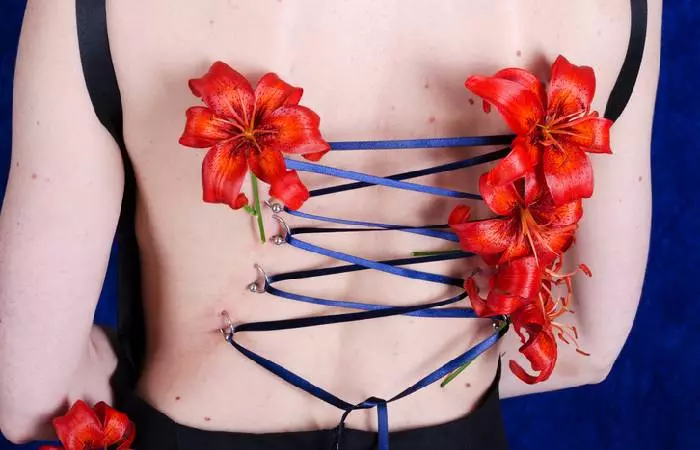
Corset piercing comes in two main types; a temporary and a permanent one. Each type of piercing allows individuals to make a fashion statement while prioritizing specific needs. Let us take a look at them below:
1. Temporary Corset Piercing
A temporary corset piercing involves creating a laced-up pattern with the help of decorative lacing or jewelry. It is usually done for special events, such as a photoshoot or a short-lived style statement, typically not exceeding a week. Often captive bead rings, bondage rings, or hypnotic needles are used in this type of piercing which can be removed afterward. However, the risk of infections remains, same as a standard or permanent piercing.
2. Permanent Corset Piercing
A permanent corset piercing is designed for long-term wear. The laced-up effect may be achieved using surface piercings or dermal anchors strategically placed to mimic the corset pattern. Surface bars as well as Teflon tubing is used as it can adapt to movements and ensure flexibility. A fresh corset piercing is not laced because it could put pressure on it and cause an infection or lead to piercing migration. This type of piercing also requires more vigilance due to the potential challenges and risks associated with permanent body modifications.
Both temporary and permanent corset piercings can be placed on various parts of the body. Let us look at some of them below.
- Leg Corset Piercing: Strategically placed on the front or back of the legs to mimic a corset design. It is common among those who like to wear shorts or skirts.
- Back Corset Piercing: One of the most common types of corset piercing that is placed on the upper or lower back to emulate how a traditional corset looks from the back.
- Neck Corset Piercing: Features a series of piercings along the neck or nape of the neck to create a laced-up effect.
- Arm Corset Piercing: It involves piercings between the shoulder and the wrist to mimic the appearance of a corset.
- Side Corset Piercing: A popular placement along the side of the torso that helps emphasize the contours of the waist.
- Chest Corset Piercing: Symmetrical piercing on the chest to create a corset pattern.
Each variation allows individuals to personalize their corset piercing experience and choose the body area that best complements their sense of style. In the next section, we take a look at how it is done.
How Is A Corset Piercing Done?
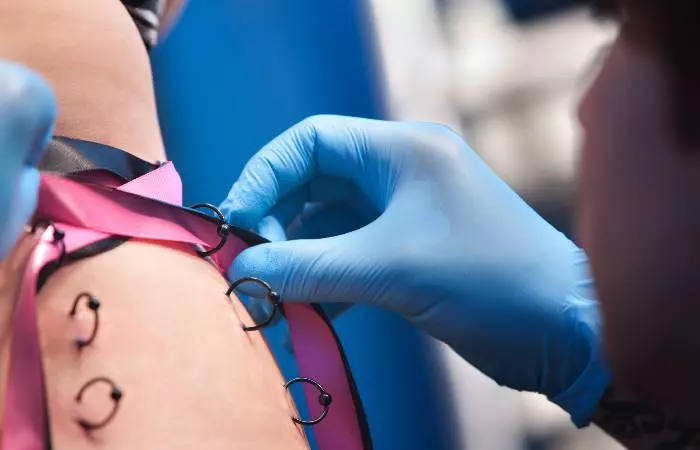
Corset piercing involves quite a meticulous process that requires the expertise of an experienced piercer and a professional piercing studio. Here is a general overview of the corset piercing procedure.
- Consultation
Before the procedure, a thorough consultation with the piercer is essential. Discuss the location on the body and your design preferences, and address any concerns that you may have. - Marking The Design
The piercer marks the chosen area for the piercing, outlining the pattern of the corset. This step ensures precision and symmetry in the final result. - Sterilization
The piercing equipment, jewelry, and the chosen area of the body are thoroughly cleaned and sterilized to minimize the risk of infection. - Piercing
Using a sterilized needle or dermal punch, the piercer creates individual holes for each piercing in the designated pattern. The chosen jewelry, such as captive bead rings or surface bars, are then inserted through the piercings. - Lacing
If it is a temporary corset piercing, the piercer may use lacing to create the desired pattern, securing the jewelry in place. For permanent corset piercings, lacing up is initially avoided to prevent tension during the healing process.
While we have familiarized ourselves with the different steps in the process, we have yet to take into consideration a crucial element: pain. The next section sheds light on it.
Is Getting A Corset Piercing Painful?
The level of pain experienced while getting a corset piercing can vary among individuals. It depends on an individual’s level of pain tolerance, the location and method of the piercing, as well as the skill of the piercer. Generally, corset piercing involves multiple piercings in a single session compared to individual piercing, which can be quite painful regardless of one’s pain threshold. In addition, the lacing or jewelry insertion can also add to the discomfort. It is essential to communicate openly with the piercer about one’s limits and carefully decide on the number of piercings you can get in a single session. While the acute pain is relatively short-lived, the area may remain sensitive during the entire healing period. Hence, individuals should be mindful of potential discomfort in the days following the piercing.
While we understand corset piercing can be more painful for some than others, there are also some other pros and cons to weigh before you make up your mind. Let us take a look at them in the next section.
The Pros And Cons Of Corset Piercing
View this post on Instagram
Much like any other type of piercing, corset piercing too has its own set of pros and cons. To make an informed decision, you must be aware of both. Here are some key points to consider.
Pros Of Corset Piercing
- Corset piercings offer a unique and visually striking form of self-expression, allowing individuals to showcase their creativity.
- Temporary corset piercings provide a bold and customizable look for special occasions or photoshoots without any long-term commitment.
Cons Of Corset Piercing
- The piercing process can be painful, and the healing period may involve discomfort, swelling, and sensitivity.
- Corset piercings are susceptible to infection, migration, and rejection, posing potential health risks.
- Both temporary and permanent corset piercings can result in scarring, with permanent ones carrying a higher risk of noticeable marks.
- Healing time can be lengthy, requiring careful aftercare and limiting certain activities during the recovery phase.
The prolonged healing period of corset piercing is a matter of concern for many. Let us discuss it in greater detail in the next section.
Corset Piercing Healing Time
The healing time of a corset piercing may vary due to several factors, such as an individual’s overall health, aftercare practices, and the location of the piercing. Generally, temporary corset piercings may take a few weeks to heal, while permanent corset piercings may require 2-3 months or more to heal fully (1). It is crucial to diligently follow the aftercare instructions provided by the piercer, which may include cleaning the piercings and avoiding activities that could put stress on the pierced area. During the healing period, it is common to experience some swelling, redness, and sensitivity. If any signs of healing issues or infection arise, it is essential to seek medical attention.
Proper aftercare ensures your piercing heals quickly and safely. The next section takes you through the steps you must follow to avoid any unnecessary complications. Take a look!
Corset Piercing Aftercare
Once the piercing is done, the piercing artist may provide detailed aftercare instructions, potential signs of complications, and a cleaning routine. You should follow these guidelines to promote proper healing and reduce the risk of complications like skin infections, allergic reactions, scarring, or persistent sensitivity. Here are the key guidelines (2):
- Keep the pierced area clean by washing it with mild, fragrance-free antibacterial soap and warm water. Keep the area dry.
- Avoid using harsh cleansers, alcohol, hydrogen peroxide, or ointments as these can irritate the piercing and impede the healing process.
- Minimize movement and friction by wearing loose clothing, especially during the initial period of healing.
- Refrain from touching the piercing and avoid swimming in pools, hot tubs, or natural bodies of water to reduce the risk of infection.
- Schedule regular check-ups with a professional piercer to ensure the piercings are healing properly.

The Potential Risks Of Corset Piercing
Corset piercings, like any body modification, carry the risk of infection. Bacterial infections may occur particularly during the healing period if proper aftercare is not ensured. Common signs of infection include excessive redness, swelling, persistent pain, and unusual discharge. Complications may also arise if there is migration or rejection of the piercing, leading to asymmetry or scarring. Excessive movement, friction, or trauma to the pierced area can exacerbate these issues. That is why it is crucial to adhere strictly to aftercare guidelines, maintain cleanliness, and promptly address any signs of trouble. If any of these symptoms arise with fever, hypotension, or tachycardia, seek immediate medical attention or consult with a professional piercer to address and mitigate potential risks (3).
Daiki, a blogger, shared the relief he felt after removing a corset piercing on his arm that led to complications. He noticed redness, irritation, and bruises around his piercing so he removed them, but it left scars. He stated, “I just removed my corset piercing from my arm, it was in the way, and just wanted it gone! I had it 1-2 days longer than I could have it to minimize the scars from it, but I don’t care and now it’s gone! (i)”
 Quick Tip
Quick TipCorset piercing infections can also be a result of non-sterilized jewelry. Hence, it is important to know the right kind of jewelry to wear. Find out more in the following section.
What Type Of Jewelry Is Used For Corset Piercings?
View this post on Instagram
Corset piercing can accommodate various jewelry styles. Common choices include hoops or rings designed with a closed structure, which allows for the intricate lacing of ribbon, string, or chains through them. Typically, corset piercing jewelry comes in larger sizes, around 14mm in diameter, to accommodate both the pierced area and the materials threaded through them. The gauge, usually ranging from 14-gauge (1.6mm) to 16-gauge (1.2mm), is sturdy enough to hold the laced materials as well as provide comfort. Jewelry materials such as implant-grade titanium, surgical stainless steel, and niobium are recommended to avoid any irritation (4). Complementing the jewelry, the ribbon or string should ideally be of satin, silk, or nylon to add an aesthetic finishing touch.
Corset piercing stands out as a captivating and artistic form of body modification. Whether you opt for a temporary corset piercing for a special occasion or commit to a permanent one, the journey involves creativity as well as meticulous aftercare. It also involves the careful selection of jewelry as it plays a pivotal role in achieving the desired aesthetic. However, remember that just like any other surface piercing, corset piercings carry the risk of complications such as piercing rejection, infection, and scarring. Therefore, it’s advisable to follow the aftercare instructions shared by your piercing artist. We hope this article has covered all the bases you need to be aware of to know if it is for you and provided crucial information to help through the process in case you go ahead.
Infographic: What To Know About Getting A Corset Piercing
Corset piercings have been growing in popularity, offering a bold, eye-catching aesthetic that can transform your body in a way few other piercings can. However, like any form of body modification, this piercing comes with its own set of considerations that you’ll want to be fully informed about before taking the plunge. Dive into everything you want to know about corset piercings, from the healing process to aftercare and the risks, in the infographic below. Check it out now!
Illustration: StyleCraze Design Team
Frequently Asked Questions
How long do corset piercings last?
Temporary corset piercing typically lasts for a few hours to a week, while permanent corset piercing can last years with proper care.
Do corset piercings leave scars?
Yes, both temporary and permanent corset piercing may leave scars. The extent of scarring may vary based on factors such as aftercare practice and the type of jewelry used.
How old do I have to be to get a corset piercing?
A. The legal age for getting a corset piercing, like any body piercing, varies by location. Typically, individuals must be 18 years old or have parental consent in some regions.
YouTube Video
Dive into this insightful video on corset piercing by a professional body piercer! From jewelry styles to aftercare tips, he guides you through the different nuances of this unique body modification.
Personal Experience: Source
StyleCraze's articles are interwoven with authentic personal narratives that provide depth and resonance to our content. Below are the sources of the personal accounts referenced in this article.
(i) Corset piercing removed and the scars!https://daikiismyname.blogspot.com/2013/09/corset-piercing-removed-and-scarrs.html
References
Articles on StyleCraze are backed by verified information from peer-reviewed and academic research papers, reputed organizations, research institutions, and medical associations to ensure accuracy and relevance. Read our editorial policy to learn more.
- Body Piercing
https://www.ncbi.nlm.nih.gov/pmc/articles/PMC1496593/ - Suggested aftercare for body piercings
https://safepiercing.org/aftercare/ - Body Piercing Infections
https://www.ncbi.nlm.nih.gov/books/NBK537336/ - Jewelry for Initial Piercings
https://safepiercing.org/jewelry-for-initial-piercings/
Read full bio of Rodrigo Casco
Read full bio of Sangita Goel
Read full bio of Subhrojyoti Mukherjee
Read full bio of Vaishali Sinha






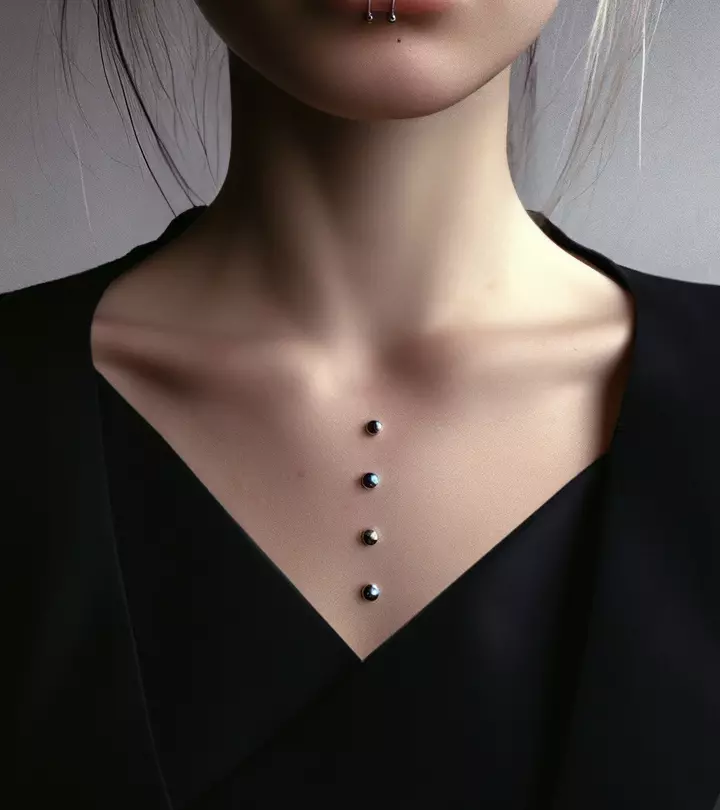
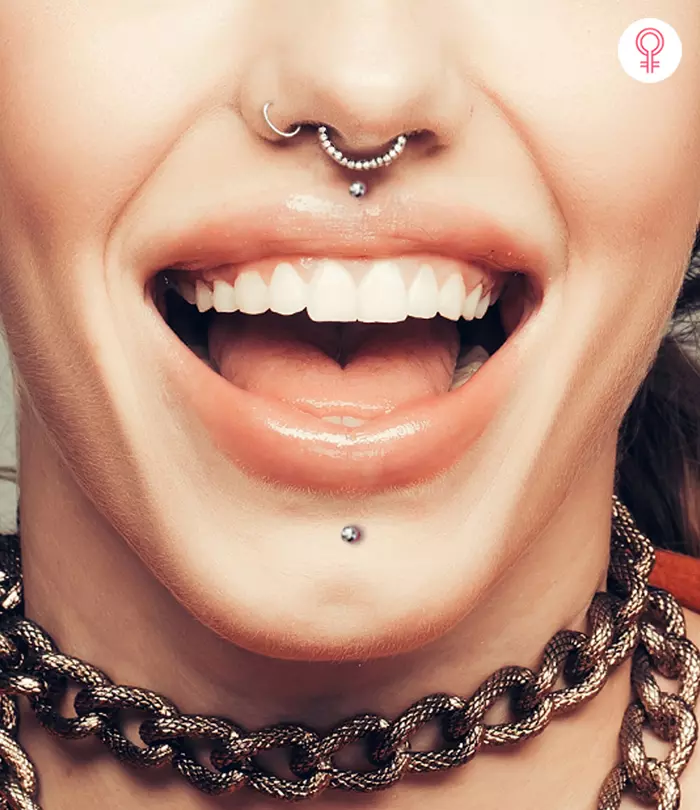
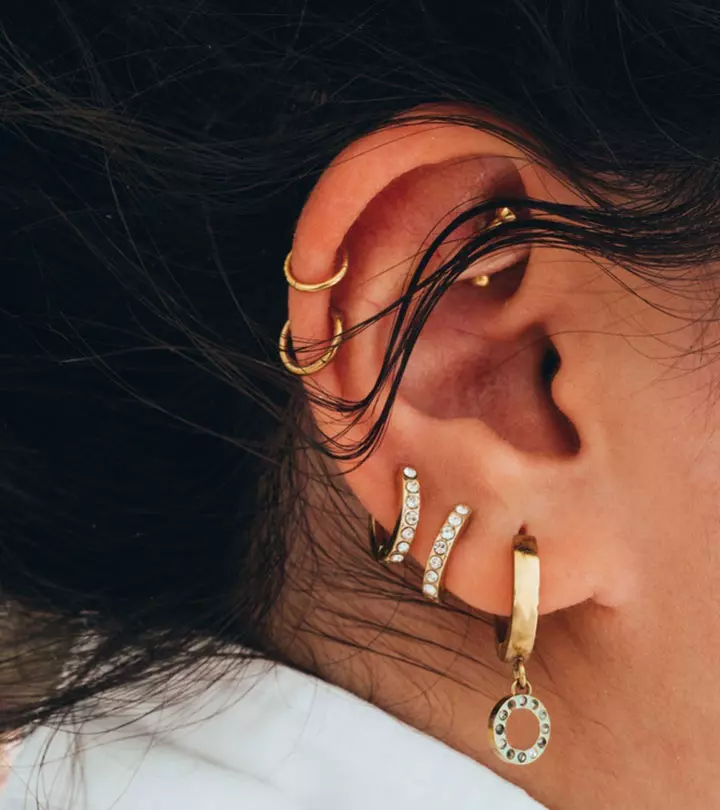




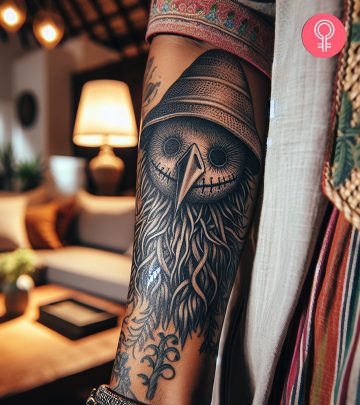

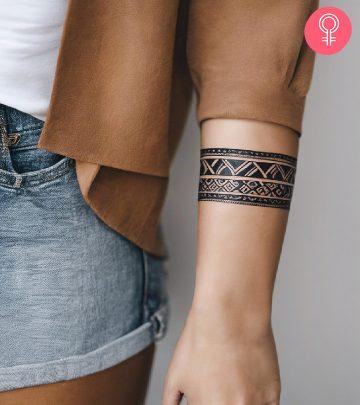

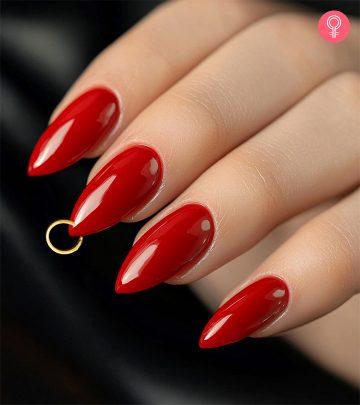
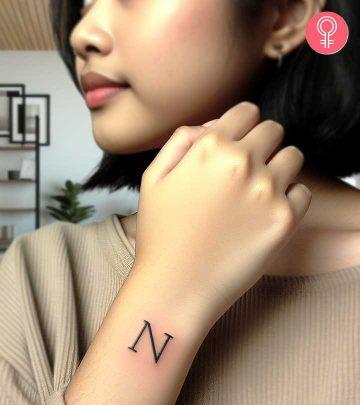

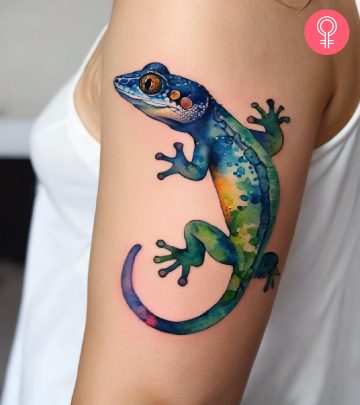



Community Experiences
Join the conversation and become a part of our empowering community! Share your stories, experiences, and insights to connect with other beauty, lifestyle, and health enthusiasts.